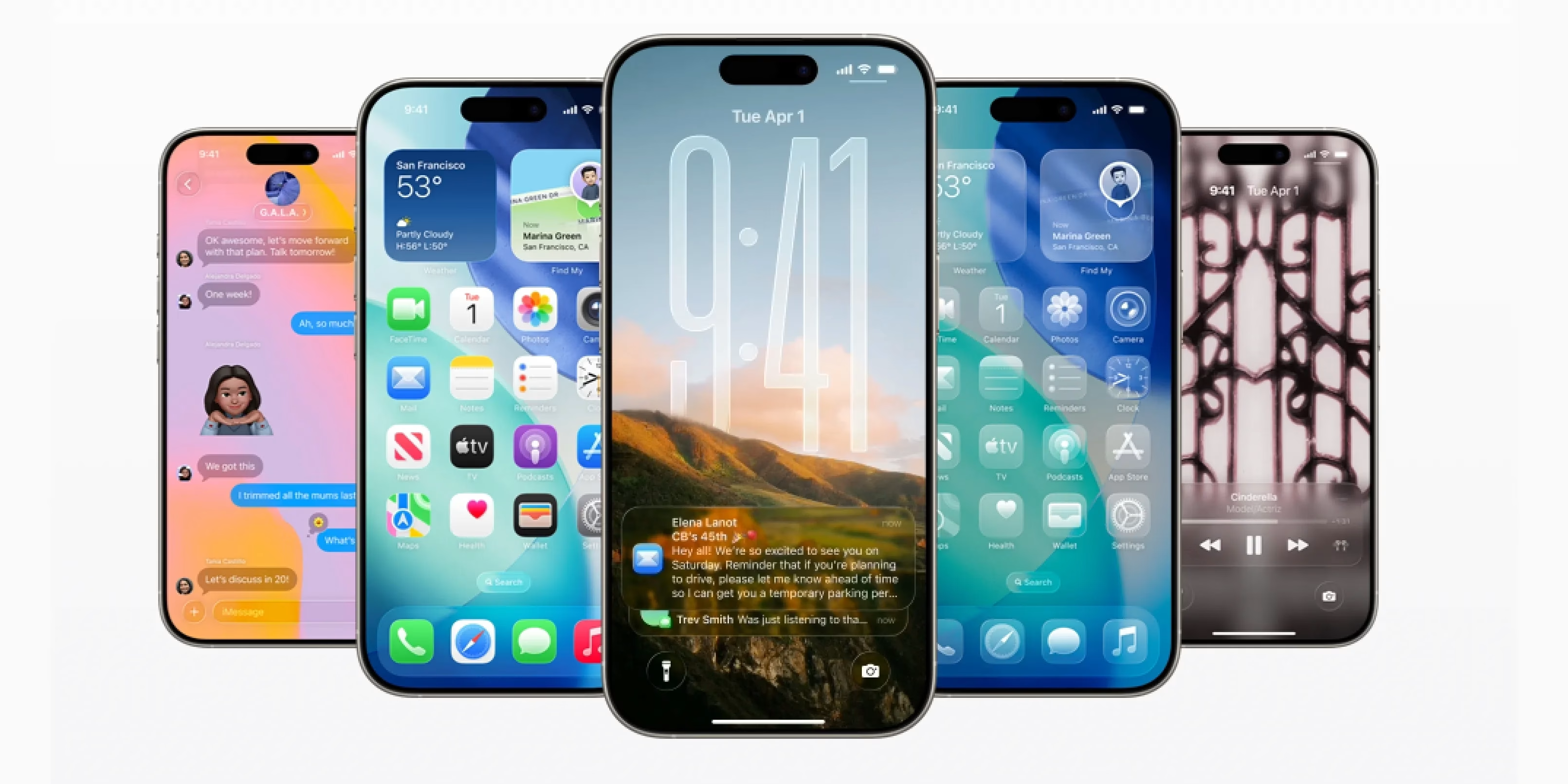The Home Stretch: Apple's Fifth Public Betas Signal a Focus on Stability
Just as the summer starts to wind down, Apple's software development cycle kicks into its final gear. Today, the company pushed the fifth public betas of iOS 26, iPadOS 26, macOS 26, and tvOS 26 to testers, marking a significant milestone on the road to the official September launch. If you've been following the beta process since WWDC in June, you know what this means. The era of flashy new feature drops is over.
We're now firmly in the refinement phase.
This is the point where Apple's engineers transition from architects to polishers. The major features announced two months ago are locked in. The focus now is squarely on bug fixes, performance optimization, and battery life improvements. So, for anyone who has been cautiously waiting to try the new software, is Public Beta 5 the right time to jump in? Let's break it down.
What Public Beta 5 Really Means
Think of the beta cycle like building a house. The first few betas are about framing the structure and putting up the walls—you can see the shape of the final product, but it's rough and not ready to live in. Betas 3 and 4 are like installing the plumbing and electrical; the core functions are there, but things can still go wrong.
For testers, this means a few things:
- Fewer Surprises: Don't expect to find a major new feature hidden in the code. The changes from Public Beta 4 to 5 are often subtle, sometimes only detailed in the developer release notes.
- Increased Stability: This is typically the build where many long-standing bugs get squashed. Apps that were crashing might now work perfectly. UI glitches that have been present since June suddenly disappear.
- Battery Life Focus: Early betas are notorious for draining batteries as new processes and indexing run in the background. By the fifth beta, Apple has had time to optimize power consumption. Many users, myself included, often report a noticeable improvement in battery performance around this stage.
Platform-Specific Refinements in Beta 5
While the overarching theme is stability, each operating system gets its own specific set of tweaks. Based on initial testing and developer notes, here’s what we’re seeing in this latest round.
iOS 26 and iPadOS 26: The Lock Screen and Stage Manager Polish
For iOS 26, the focus has been on the new customizable Lock Screen. In Public Beta 5, the animations for transitioning between different Lock Screens feel smoother. I've also noticed that the placement of widgets seems to be more consistent, fixing a minor but annoying bug where they would occasionally overlap slightly after a restart.
On the iPadOS 26 side, Stage Manager continues to be a work in progress, but it's getting better. This beta seems to improve how the system remembers window layouts when connecting and disconnecting from an external display. It's still not perfect, and some developers have been vocal about its shortcomings, but the progress from the first beta to this one is undeniable. It feels less "janky" and more intentional.
macOS 26: System Settings and Continuity Tweaks
The biggest change in macOS 26 was the overhaul of System Preferences into the more iOS-like System Settings. Early betas had some disorganized panels and missing search functionality. Public Beta 5 cleans this up significantly. Search is more reliable, and several settings have been regrouped into more logical categories. It's a change that's still jarring for long-time Mac users, but at least it's becoming more functional.
Continuity Camera, the feature that lets you use your iPhone as a webcam, also gets some love in this update. The connection seems to establish faster, and the reliability has improved. A bug that caused video to freeze after about 20 minutes on a call appears to have been resolved, which is a huge relief for those of us who rely on video conferencing.
tvOS 26: The Unseen Improvements
tvOS updates are almost always the quietest of the bunch, and tvOS 26 Public Beta 5 is no exception. With no major user-facing features announced this year, the updates are all under the hood. This beta likely includes improved support for Matter, the new smart home standard, and general performance enhancements to make the Apple TV interface feel just a little bit snappier.
Should You Install Public Beta 5?
The Final Countdown to Launch
With the release of the fifth public beta, the path forward is clear. We can expect one, maybe two, more beta updates before Apple issues the "Release Candidate" (RC). The RC is typically the exact same build that gets released to the public. This usually happens the day of or the day after Apple's September event, where they'll undoubtedly unveil the new iPhone lineup.
For now, testers have a new, more stable build to put through its paces. It’s a crucial role—the feedback provided on these late-stage betas helps Apple iron out the final wrinkles, ensuring a smooth launch for millions of users worldwide. The excitement of new features is past, but the quiet satisfaction of a stable, well-performing operating system is just ahead.
